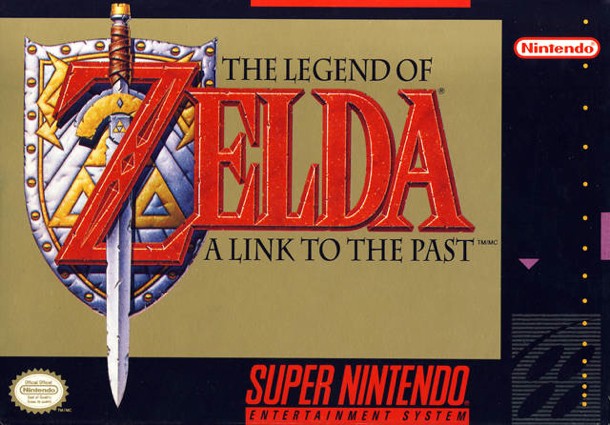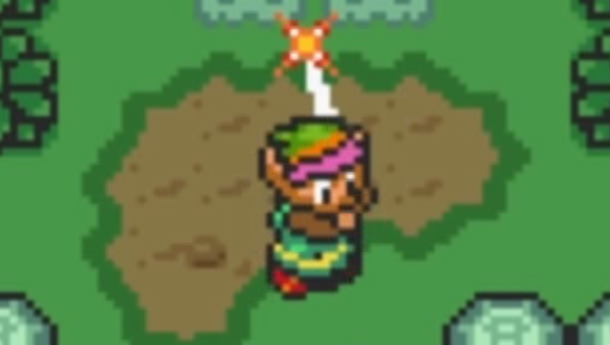The Essentials – The Legend Of Zelda: A Link To The Past

Welcome to the first installment of The Essentials, a new weekend feature celebrating the best that the digital medium has to offer. We’re curating this list to be a resource gamers can use similar to a "required reading" list.
In our collection you’ll find titles from across generations and genres, along with our reasons for selecting them for this honor. As importantly, we’ll be including all of the platforms on which these games released, so you can find the best way to play them if you haven’t already.
The Essentials begins with one of Nintendo’s finest efforts and, arguably, the best The Legend of Zelda series has to offer. The Legend of Zelda: A Link to the Past, the third title in the franchise (excepting the Game & Watch entries), brings the series back to its top-down roots in its sole entry on the Super Nintendo Entertainment System.
Release Year: 1991
Developer: Nintendo EAD
Publisher: Nintendo
Released For: Super Nintendo Entertainment System, Satellaview, Game Boy Advance, Virtual Console (Wii, Wii U)
The introductory sequence.
In many ways, The Legend of Zelda: A Link to the Past is a heavy coat of polish on the original entry in the series. The NES premiere featured a Hyrule wilderness that offered little guidance to the player and a difficulty curve weighted heavily toward the early game.
While there is still much value in Link’s first adventure, as an entry point to the franchise, A Link to the Past is vastly superior. Thanks to the power of the Super NES, the team led by Shigeru Miyamoto and Takashi Tezuka was able to craft a more cohesive story without sacrificing mystery.
The title is split into two distinct pieces, with the first serving as an extended, graceful tutorial. Once Link is able to unlock the Master Sword and face the wizard Agahnim, the real game begins.
The hero is transported to the Dark World, a distorted reflection of Hyrule that corrupts and twists those who enter. There, Link must recover the crystals housing seven kidnapped princesses to defeat perennial villain Ganon, whose darkness transformed the pristine Sacred Realm into the game’s Dark World ages ago.
A Link to the Past introduces a number of mechanics and features that have become staples of the franchise. Link learns his charged spin attack for the first time, giving him a way to create breathing room when surrounded.

The wind-up right before the pitch.
For the first time in a Zelda game, the Princess is featured as a bit more than a prop. In the initial title, she’s only seen after defeating Ganon. In The Legend of Zelda II: Link’s Adventure, she is sleeping on a pedestal in the palace where Link starts his quest. While the Princess’ time as an active participant is brief, it’s a step toward the more active role she plays in Ocarina of Time, Wind Waker, and other entries.
This entry also introduces the concept of “pieces of heart.” While The Legend of Zelda and Link’s Adventure allowed the hero to extend his life expectancy by collecting heart containers, it wasn’t until A Link to the Past that the process became more complicated thanks to these quarter-heart fragments.
Other elements, including storing life-giving fairies in bottles (cruel, we know), mini-games (like digging for treasure), and swimming (made easier with Zora’s flippers) made their debut in the SNES entry. The Master Sword itself was introduced for the first time, though the concept of upgrading weapons and items existed in the original.
The SNES allowed Nintendo to create three-dimensional environments within the confines of two-dimensional framework. Dungeon rooms have multiple surfaces on which to traverse within the same node on the mini-map. Link is able to leap down from some higher areas in the Overworld to reach hidden or out-of-reach items.
The most important element introduced in Link to the Past though, is the concept of parallel worlds. The Dark World introduces a sense of foreboding that has accompanied many series entries.

Pink rabbits aren't normally terrifying, but stripped of your powers in this decrepit world for the first time is impactful.
Ocarina of Time, Twilight Princess, and A Link Between Worlds all include elements that twist Link’s reality. Majora’s Mask, widely regarded as the darkest entry in the series, takes place exclusively in a world facing the end of its existence. Link’s adventures are just as much to set the world (or worlds) right as they are to rescue Zelda.
Because of its role in the genesis of so many series hallmarks and its evolution beyond its humble beginnings, A Link to the Past remains a strong entry point for the series. While there are certainly reasons to recommend Ocarina of Time, Majora’s Mask, The Wind Waker, and others, the SNES entry is by far the most accessible.
It balances exploration with guidance and provides a thread for even neophyte gamers to follow. The minimap provides direction to the next goal, and the fast-travel systems are part of the puzzle solving without solutions being too obtuse. All of that is wrapped a combat system that is simple without being simplistic.
Whether you enjoy it for the first time via the Wii U Virtual Console or dust off your SNES to play it again, The Legend of Zelda: A Link to the Past stands the test of time. It stands as one of the best in a series that already stands head and shoulders above so many others, making it one that’s essential to play.

Get the Game Informer Print Edition!
Explore your favorite games in premium print format, delivered to your door.
- 10 issues per year
- Only $4.80 per issue
- Full digital magazine archive access
- Since 1991










